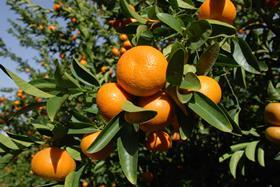
The US Department of Agriculture’s (USDA) Animal and Plant Health Inspection Service (APHIS) is expanding the production areas in Australia authorised to export fresh citrus to the US.
Under current measures, only citrus grown in Riverina (NSW), the Riverland (SA), and Sunraysia (VIC) can be exported to the US.
The three additional regions APHIS will authorise include Queensland, Western Australia, and the shires of Bourke and Narromine within New South Wales.
APHIS is also revising the conditions under which citrus from Australia can be imported. APHIS scientists prepared a pest risk assessment (PRA) and a commodity import evaluation document (CIED). The CIED identified the phytosanitary measures that could be applied to ensure citrus fruit from new areas of Australia can be safely imported without increasing the risk of introducing pests.
As such, citrus from the expanded areas must either originate from an approved production area that is free of Queensland fruit fly, Mediterranean fruit fly, and/or Lesser Queensland fruit fly, or be treated with cold treatment or other approved treatment.
An operational work plan that details the requirements under which citrus will be safely imported must also be put in place.
Furthermore, all citrus must be washed, brushed, surface disinfected in accordance with treatment schedules listed in the PPQ Treatment Manual, treated with fungicide at labelled rates, and waxed at packhouses. Imported fruit will be subject to inspection at the port of entry into the US.



